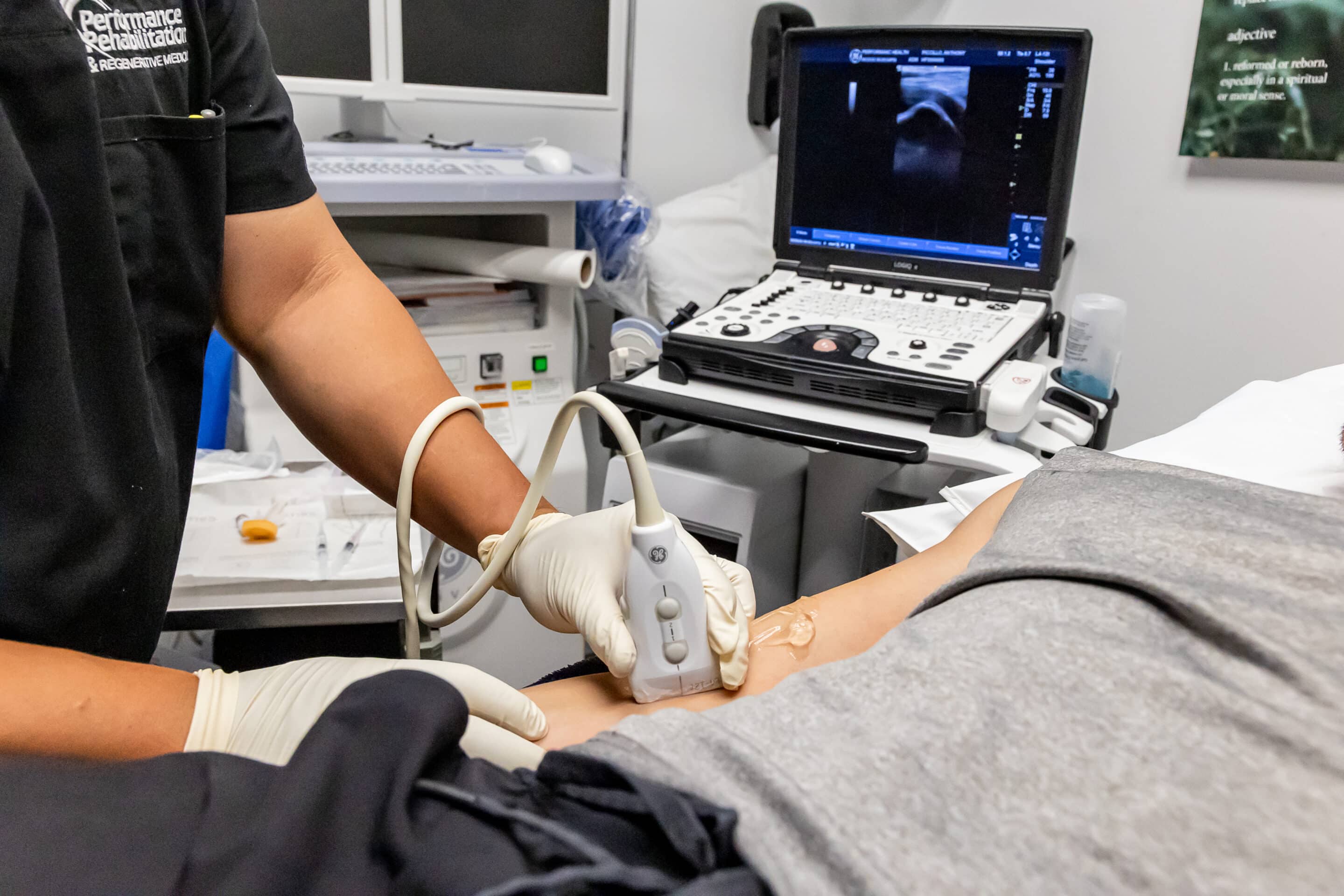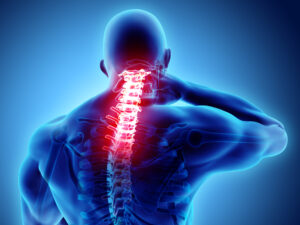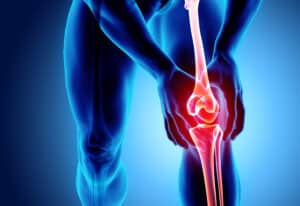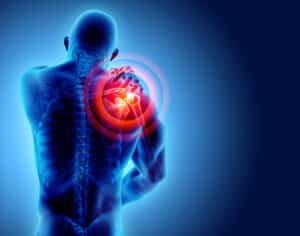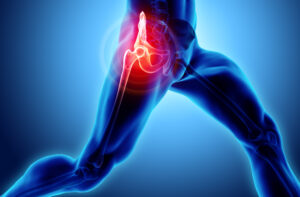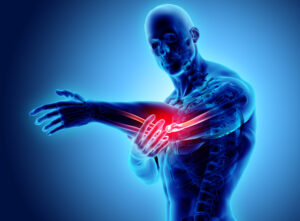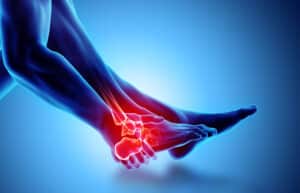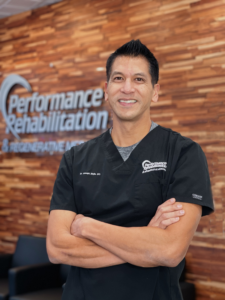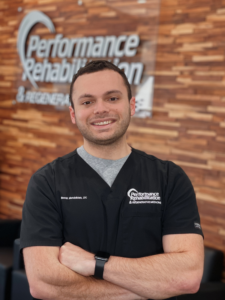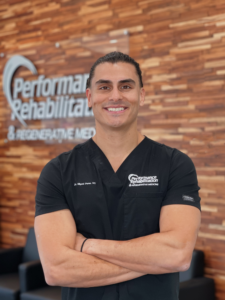Find Relief With The Top Ankle and Foot Doctors in New Jersey
The specialty-trained doctors at Performance Rehabilitation & Regenerative Medicine are recognized leaders in the diagnosis and non-surgical treatment of ankle injuries and conditions. The ankle is the junction of the leg and foot and is made up of three bones: tibia, fibula, and talus. The ankle joint is designed to bear a large amount of weight while maintaining a high level of mobility. Any activity that involves weight bearing or movement of the foot will require a properly functioning ankle joint.

Common Types of Foot and Ankle Injuries
•Achilles Tendonitis Bursitis
This is typically a result of overuse of the tendon that connects your calf to your heel. This condition is associated with sudden increases in activity and is very commonly seen in patients that start new exercise routines or those who significantly increase the intensity of their exercise in a short period of time. Activities such as jogging, sprinting, walking, and climbing stairs may lead to Achilles tendonitis/bursitis. Certain antibiotics have also shown a correlation with increased risk of Achilles tendonitis. Symptoms are usually felt behind the heel and are worse with running or walking.
•Achilles Tendon Rupture
Tearing of the tendon that connects the calf muscles to your heel bone can occur if the tendon is strained beyond its limits. This injury is typically associated with athletic events and occurs suddenly, often following a step or pivot with the affected leg. Patients will typically feel a “pop” or “snap” in the back of their leg along with a sudden, sharp pain. Walking, running, and standing may be severely limited following a tear of the Achilles tendon. Symptoms also include pain and swelling around the back of the heel and an inability to stand on your toes on the affected side.
•Ankle Fracture
•Sprained Ankle
One of the most common injuries to the ankle is a sprain of the supporting ligaments of the ankle. This typically occurs following a quick turn or roll of the ankle inward or outward. Sprained ankles may result from stepping on an uneven surface or landing improperly on the foot. This injury is often associated with athletic activities such as basketball or soccer. As the ankle twists, ligaments that are designed to stabilize the ankle are stretched beyond their normal limits. Depending on the severity of the injury, the ligament may be simply stretched, partially torn, or fully ruptured. The vast majority of ankle injuries involve either stretching or partially tearing one of these ligaments. The most common ligament affected in an ankle sprain is the anterior talofibular ligament. This ligament is injured when the foot turns inward causing the bottom of the foot to face the inside and placing stress on the outside portion of the ankle. Symptoms include pain and swelling around the affected ligament. Swelling may be severe and could be associated with localized bruising. Running, walking, standing and any weight-bearing activity tends to be very painful following an ankle sprain.
•Shin Splints
This is a condition caused by repetitive stress to the muscles of the lower leg and is typically associated with repetitive activities like running and jumping. The muscles involved with these activities connect to a bone in the lower leg called the tibia. With repetitive stress to these muscles, injuries can occur at their attachment to the bone resulting in pain in the shin between the knee and ankle. Jogging, basketball, soccer and dancing are a few of the activities associated with shin splints. Symptoms typically include pain and tenderness along the inner aspect of the shin and may include swelling of the same region.
•Plantar Fasciitis
The plantar fascia is a strong, thick band of tissue on the bottom of the foot that runs from the heel to the toes. Repetitive stress to this structure can cause pain and inflammation at the bottom of the heel and cause difficulty with standing, walking, running and negotiating stairs. Risk factors include prolonged jogging, prolonged standing, improper footwear, and collapsed arches (flat feet). The repetitive pulling of the tissue on the heel bone causes localized, sharp pain on the bottom of the heel. The symptoms tend to be worse in the morning and taking the first step out of bed will usually cause significant pain at the bottom of the foot.
•Pain & Numbness
Dr. Joseph Bellapianta, MD
Orthopedic Surgeon
Dr. Anthony Piccillo, DC
Primary Spine Physician
Dr. Brendt Mendelblatt, DC
Chiropractic Physician
Dr. Joseph Mejia, DO
Pain Management Physician
Dr. Miguel Perez, DC
Chiropractic Physician
Dr. Kevin Tabije, DO
Pain Management Physician
Dr. Thomas Chiappetta, DC
Chiropractic Physician
Dr. Chris Thomas, MD
Pain Management Physician
